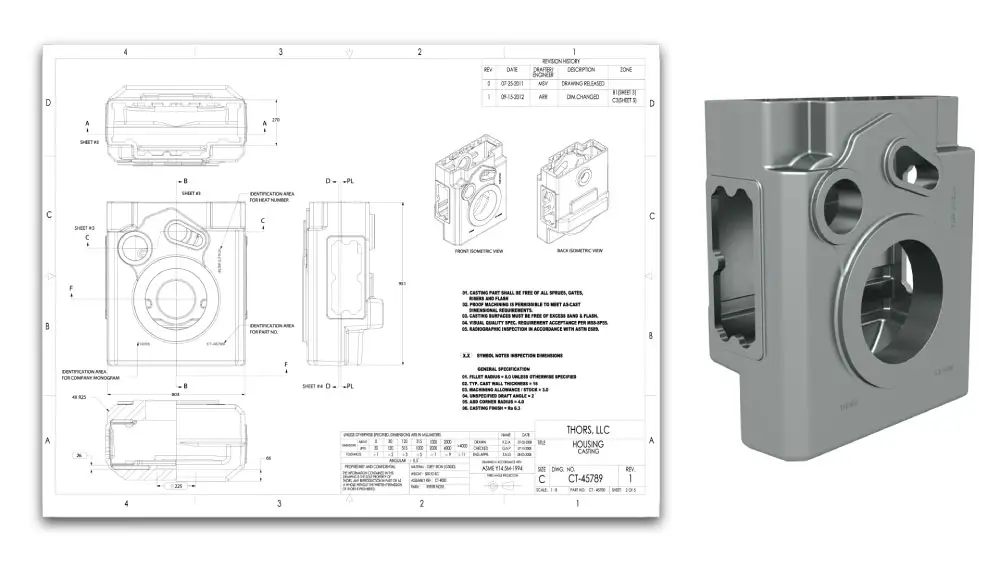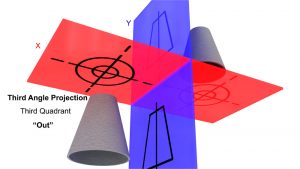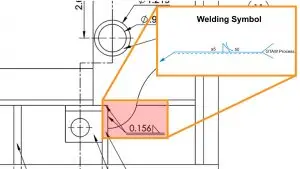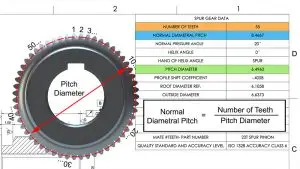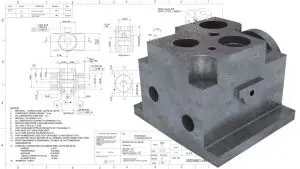Course Description
Engineering Drawings Fundamentals introduces the fundamental concepts that are required to read, understand, and interpret engineering drawings used throughout the manufacturing industry. Presented in THORS’ highly visual and interactive learning format with many examples, this course assists learners in understanding and interpreting the views, different elements, and dimensioning methods used on engineering drawings.
Who will benefit from this Engineering Drawings course?
Companies, individuals, or educational institutions that require an understanding of the views, different elements, and dimensioning methods used on engineering drawings.
Course Classification

*THORS uses the Bloom’s Taxonomy Methodology for our course development.
Certificate Awarded for Engineering Drawing Fundamentals
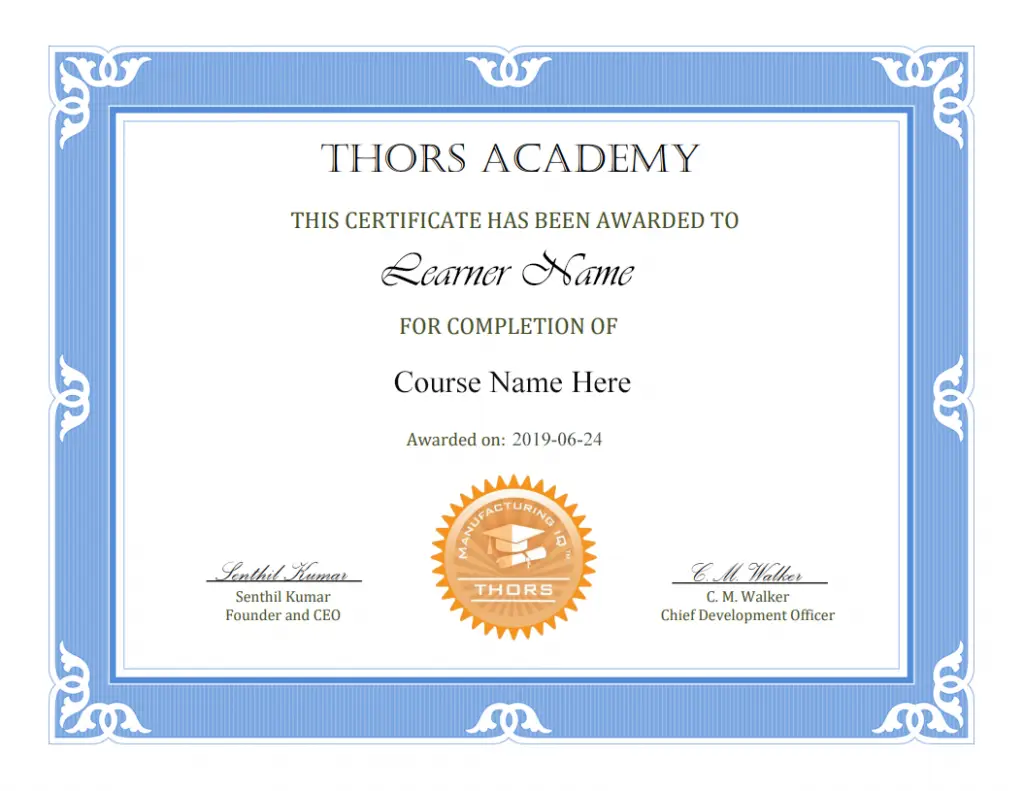
*upon successful completion
Related Posts

Why Digital Assessment Tools for Hiring are Essential
Hiring the right person for a technical position is crucial for the success of any organization. However, what happens when a new hire lacks the

Upskilling in the Manufacturing Industry with THORS
In today’s rapidly evolving manufacturing industry, staying up to date with the latest technologies and processes is crucial to remaining competitive. Upskilling in the manufacturing industry
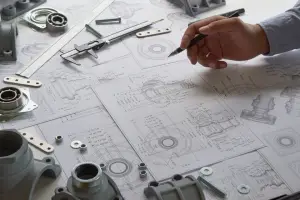
5 GD&T Benefits Over Traditional Measurements
According to mechanical engineers, there is no such thing as a ‘perfectly engineered part’. Every engineered part carries some degree of error. Hence, ensuring the

